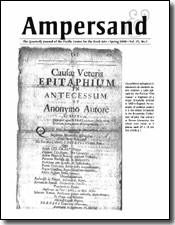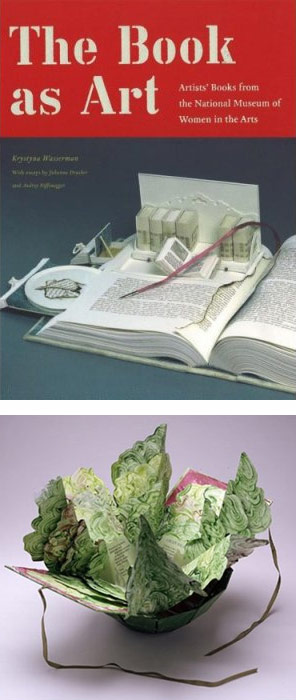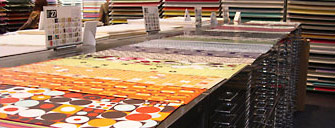 One of my favorite afternoon activities is shopping for paper. San Francisco has a wealth of shops to choose from:
One of my favorite afternoon activities is shopping for paper. San Francisco has a wealth of shops to choose from:
Arch (which is conveniently near the San Francisco Center for the Book) is a great source for paper as well as binding supplies. And it’s fun to browse their paper products such as cards and coasters. 99 Missouri Street, 415.433.2724.
Whenever I walk into the huge paper room at Flax, I think I’ve died and gone to heaven. From fine art printmaking paper to Japanese chiyogami to decorative wrapping paper to handmade paper with flower inclusions, they seem to have any kind of paper you’d ever want. Like Arch, they also have finished paper products to browse, as well as lots of ribbon. 1699 Market Street, 415.552.2355
In the Cow Hollow district, there’s Kozo Arts, with an extensive selection of Japanese and handmade papers. They also have book cloth and they specialize in custom boxes, photo albums, guest books and journals. (Be sure to walk down Union Street, and check out the other shops too.) 1969A Union Street, 415.351.2114
Paper Source has 2 locations in SF, on popular shopping streets: 2061 Chestnut St, 415.614.1585 and 1925 Fillmore St, 415.409.7710
For all things origami, try The Paper Tree in Japantown. 743 Buchanan Mall, 415.921.7100
If you visit Chinatown be sure to look for Joss paper. It’s an Asian paper traditionally used in burnt offerings at funerals and generally decorated with vivid gold and silver foil as well as saffron colored printing. It’s used by many collage and book artists. You can get it in most variety stores in Chinatown.
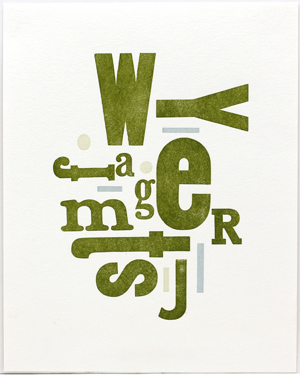 I’ve got a table in the “AltCraft” section of the American Craft Show in San Francisco next weekend (August 15-17). It’s by far the biggest fair I’ve participated in, and for the past several weeks my days have been full of bookmaking and printing and getting my table props ready. I really don’t know what to expect — my books and prints aren’t the usual wares at this show, but it’s juried, the “AltCraft” tables weren’t too expensive, and I applied because it looked like a good opportunity to introduce my things to another audience. Now I figure if I don’t sell much, I won’t have to make anything else for the upcoming holiday season!
I’ve got a table in the “AltCraft” section of the American Craft Show in San Francisco next weekend (August 15-17). It’s by far the biggest fair I’ve participated in, and for the past several weeks my days have been full of bookmaking and printing and getting my table props ready. I really don’t know what to expect — my books and prints aren’t the usual wares at this show, but it’s juried, the “AltCraft” tables weren’t too expensive, and I applied because it looked like a good opportunity to introduce my things to another audience. Now I figure if I don’t sell much, I won’t have to make anything else for the upcoming holiday season!
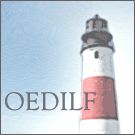
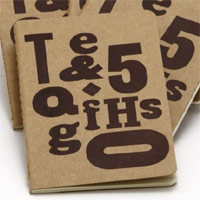
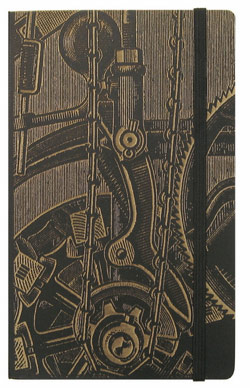
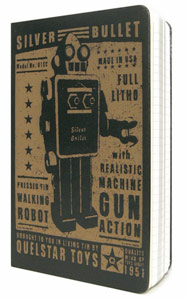
 One of my favorite afternoon activities is shopping for paper. San Francisco has a wealth of shops to choose from:
One of my favorite afternoon activities is shopping for paper. San Francisco has a wealth of shops to choose from: